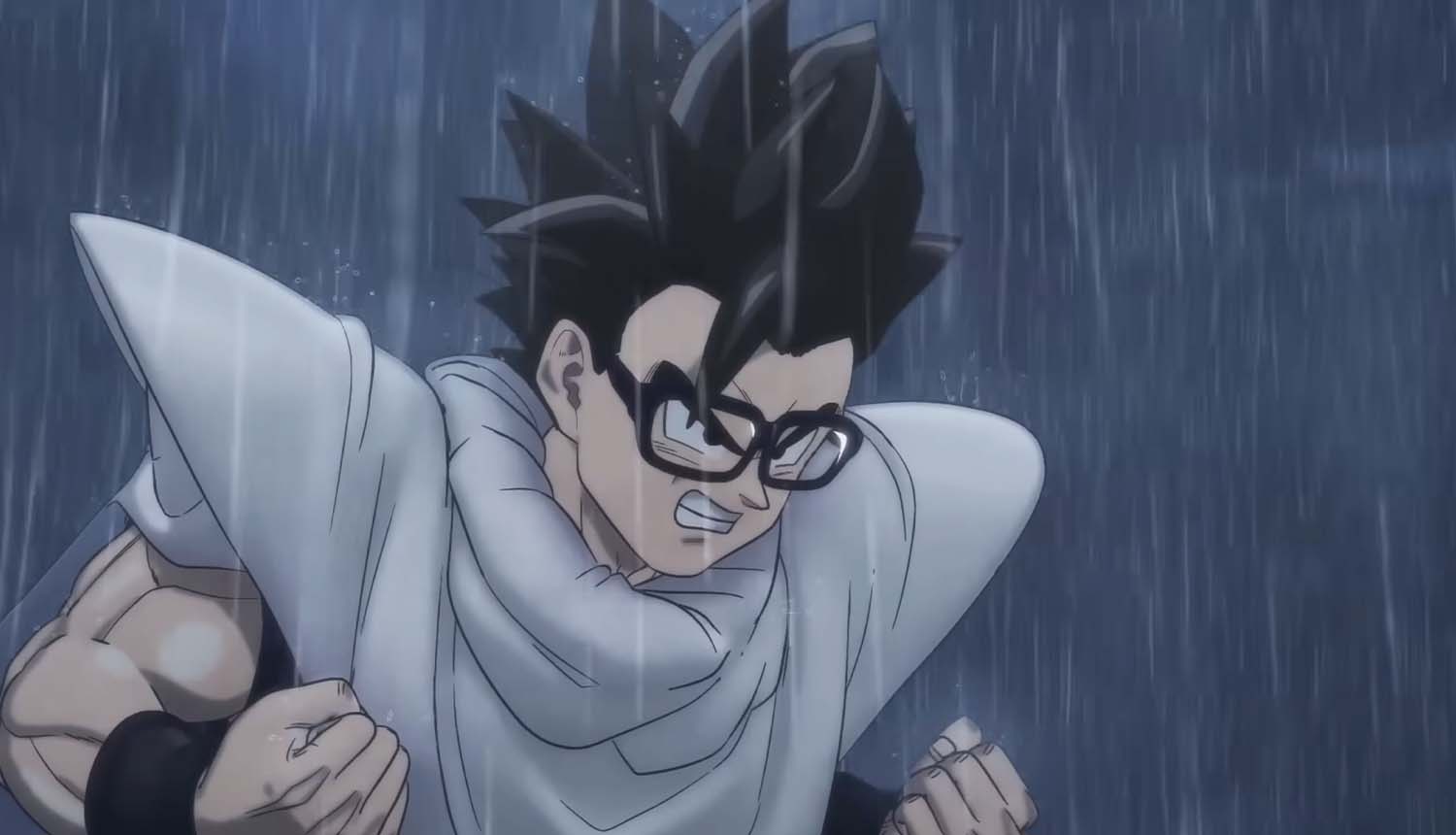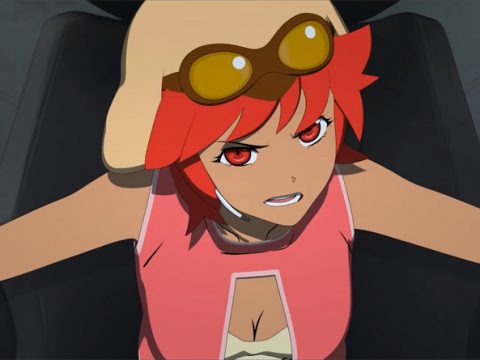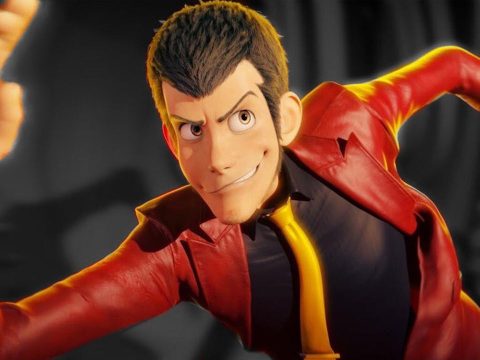
While a lot of animation in America has turned to computer animation, a lot of anime is still hand-drawn. That said, more and more anime studios are using computer graphics, a lot or a little, and they have been getting digital help since the 1980s. The increased use of computer animation in anime is controversial to many fans, and an article at The New York Times looked into this.
“A lot of anime is based on manga, which is a 2-D medium,” noted Rayna Denison, author of Anime: A Critical Introduction. “Anime takes these flat images and allows them to move. That’s very different than presenting a 3-D model of a character that you know as 2-D.” She also said that anime fans are “very familiar with anime aesthetically and stylistically, and when you change that it becomes quite jarring.”
3-D animator Austin Hardwicke, whose credentials include Trigun: Stampede and Godzilla: Singular Point, pointed to the economic reason why studios like to use computer animation. “I feel like the large insurgence of 3-D anime comes from the dream of an easier production,” he said. He knows that not all digital effects are created equally: poorly-done computer animation “can look out of place, ugly or like a cost-cutting measure.”
The director of animation photography on The Boy and the Heron, Atsushi Okui, commented that while Studio Ghibli might use some computer animation, they put hand-drawing first. Computer animation is “a complementary tool in graphic production that puts hand-drawn 2-D animation as its principal axis,” he said.
He thinks that it’s “unavoidable” that more digital tools are being used to make anime, though he also said, “I would hope that in Japan the shift [to digital tools instead of hand drawn work] will not occur so completely.”
What do you think about animation that is drawn by hand versus animation that is done by computers?
Source: New York Times
____
Danica Davidson is the author of the bestselling Manga Art for Beginners with artist Melanie Westin, plus its sequel, Manga Art for Everyone, and the first-of-its-kind manga chalk book Chalk Art Manga, both illustrated by professional Japanese mangaka Rena Saiya. Check out her other comics and books at www.danicadavidson.com.



